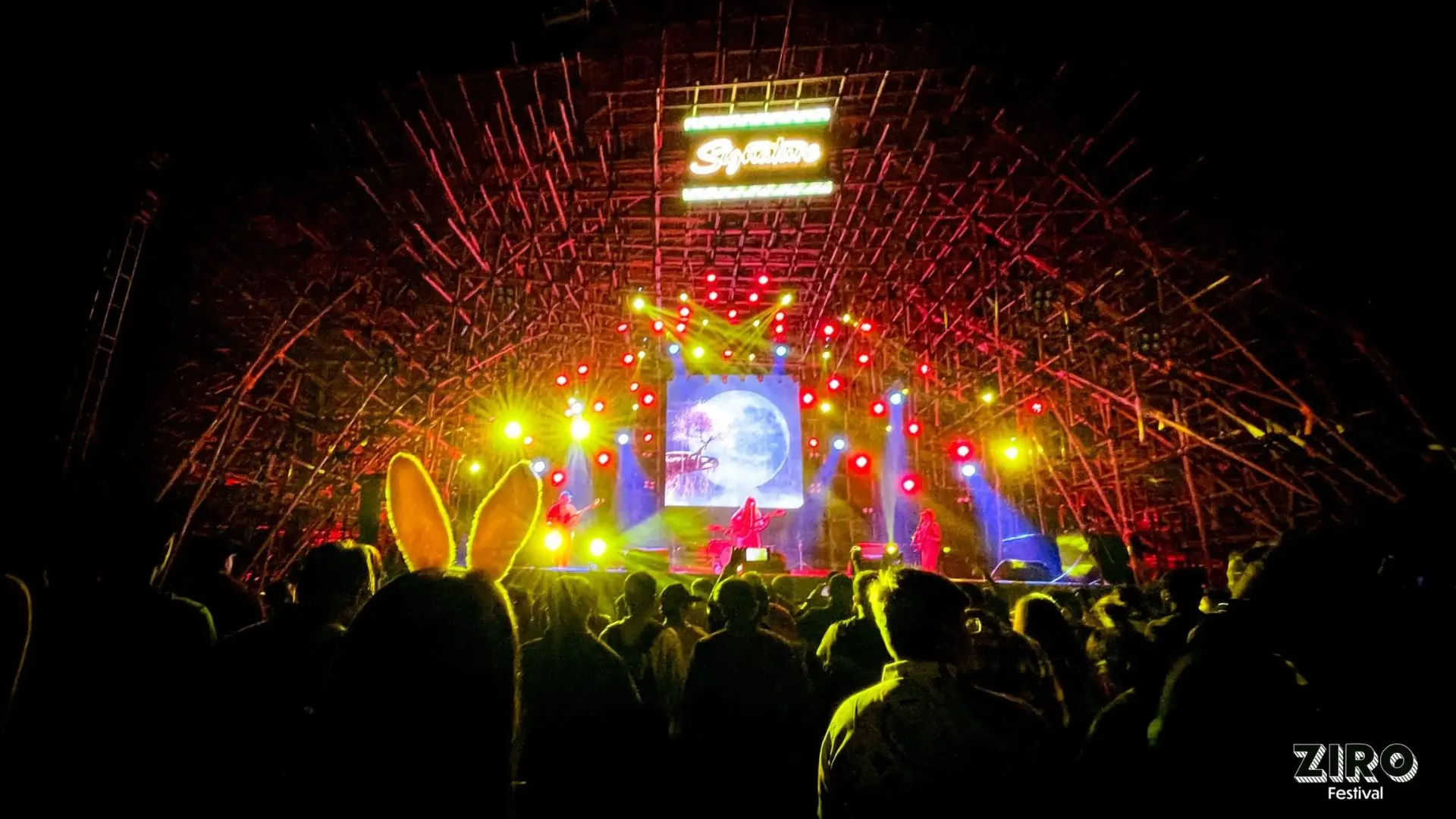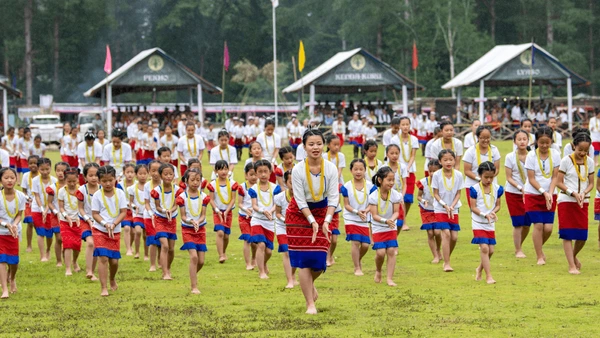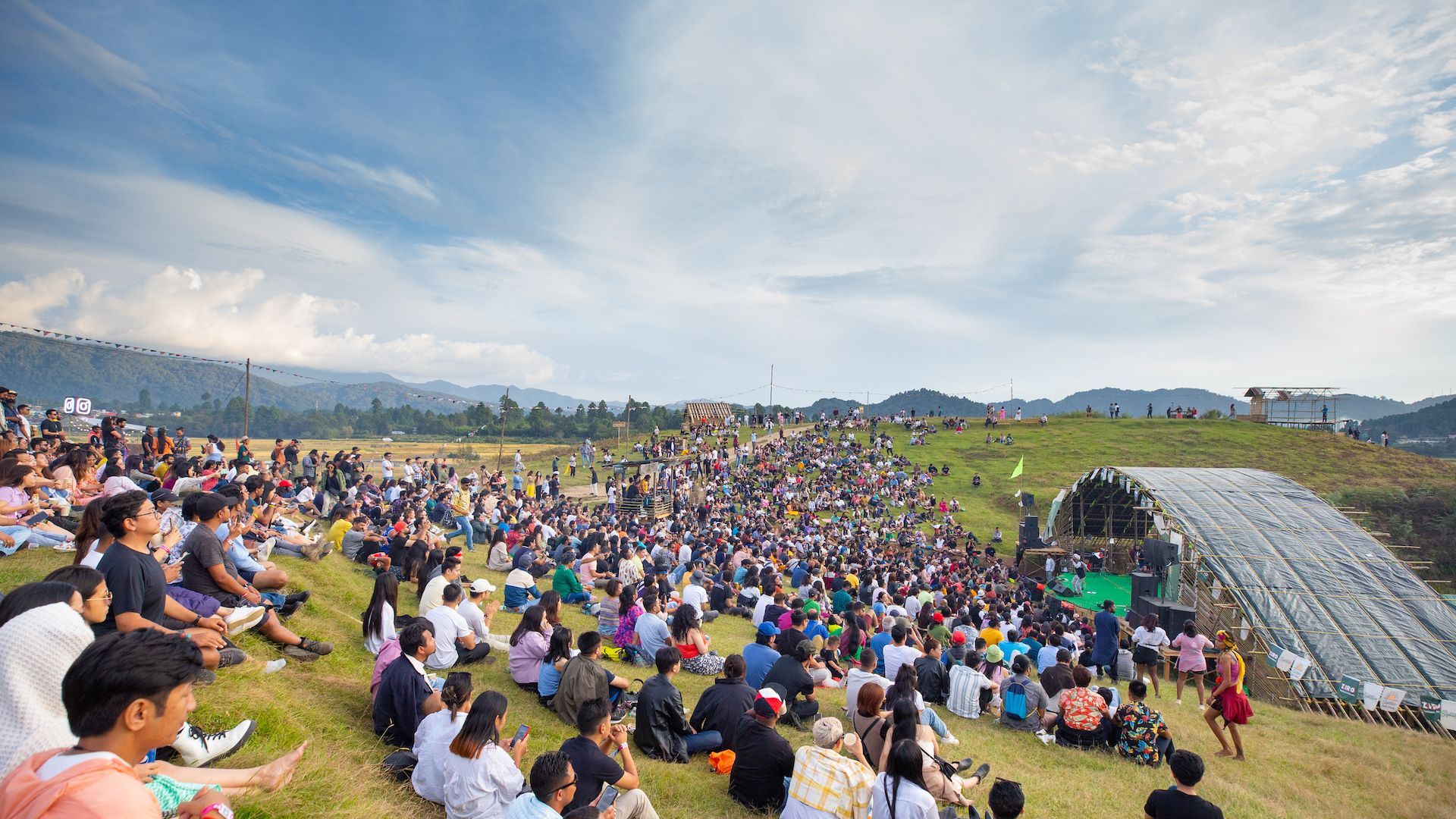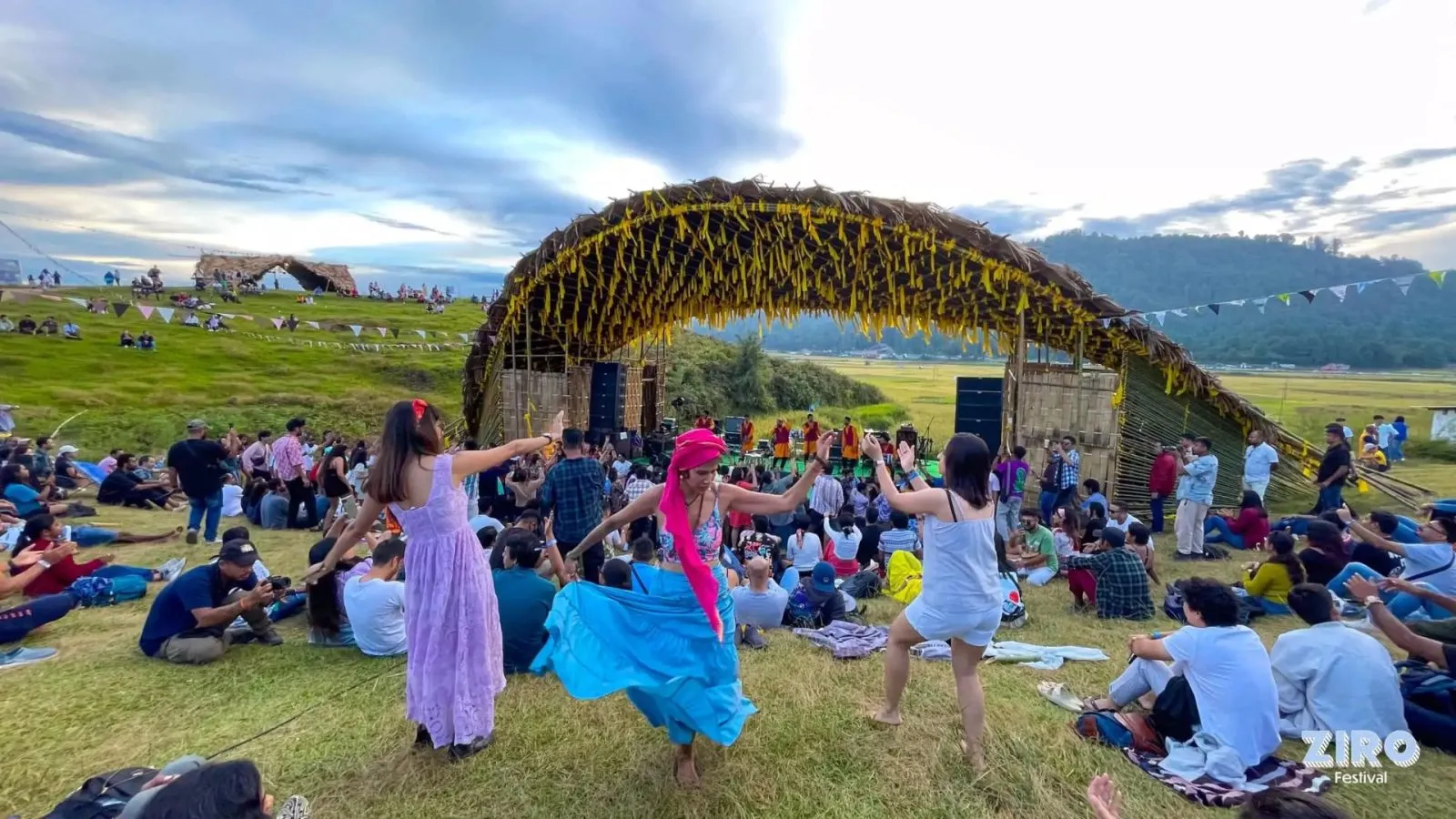
Nestled at 8,500 ft in the Eastern Himalayas of Arunachal Pradesh, Bomdila Pass stands as a silent sentinel of India's rich heritage and strategic resilience. Once a critical point during the 1962 Sino-Indian War, this breathtaking mountain pass now whispers tales of courage amidst the clouds. Adorned with fluttering prayer flags and wrapped in the majestic embrace of the Himalayas, Bomdila is not just a path through the mountains—it's a journey through time, spirit, and sacrifice.
Through centuries, Bomdila served as a key trade route connecting the plains of Assam with the Tibetan highlands. It was also used by the Ahom kings of Assam during military campaigns against Himalayan tribes. The pass’s military relevance was sharply emphasized during the Indo-China War of 1962, when it became the last major Indian defensive post before the Chinese advanced into Indian territory. The Bomdila War Memorial now stands in solemn remembrance of the soldiers—most notably Subedar Pritam Singh and his platoon—who laid down their lives defending the frontier.

Demography and Habitats
Bomdila serves as the administrative headquarters of West Kameng district. According to the 2011 Census, the town had a population of 8,370, with a modest growth rate of 2.3% per annum from 2001 to 2011. The gender distribution showed a slightly higher male population (4,372 males) compared to females (3,998).
Of particular note is the Scheduled Tribes (ST) population, which comprises over 50% of the population (4,310 individuals) and forms the socio-cultural backbone of the region. Bomdila boasts a relatively high literacy rate for a remote Himalayan location, with 5,686 literate individuals, supported by government educational initiatives and monastic schools.
Habitations in and around Bomdila are a blend of traditional tribal architecture and emerging urban clusters. Homes are often built from wood, stone, and bamboo, tailored for insulation against the region’s cold climate and snowfall. The surrounding landscape features lush apple orchards, orchid farms, and high-altitude meadows, which support local livelihoods and form a vital part of Bomdila’s ecological identity.
Culture and Traditions
The cultural tapestry of Bomdila is richly woven with the traditions of the Monpa tribe, who form the majority of the population. Other indigenous communities, including the Sherdukpen, Aka, and Miji, also contribute to the region’s diverse cultural ecosystem.
The Monpas, adherents of Mahayana Buddhism, maintain close spiritual and cultural ties with Tibetan customs. This is most vividly embodied in the Bomdila Monastery, a serene and sacred space that not only serves as a place of worship but also functions as a center for education, community events, and the preservation of traditional art forms.
Festivals are an integral part of life in Bomdila. Losar, the Tibetan New Year, is celebrated with grandeur—marked by communal prayers, masked dances, and traditional attire. The Bomdila Festival further showcases regional identity through exhibitions of local crafts, cuisines, and folk performances, drawing both locals and tourists alike.
Culinary traditions are deeply rooted in indigenous practices. Dishes often include yak meat, organic vegetables, and dairy products like yak cheese. Local handicrafts, especially woolen garments made from yak or sheep wool, are prized for both their functionality and cultural significance.

Today, Bomdila Pass is a place where tradition harmoniously coexists with measured modernization. Infrastructure improvements—especially in road connectivity—have made the region more accessible, stimulating both eco-tourism and local economic development. However, the region remains committed to sustainable practices, ensuring that growth does not compromise ecological and cultural integrity.
The economy revolves around horticulture (apples, kiwis, and orchids), agriculture, handicrafts, and a growing tourism sector. Bomdila's markets bustle with activity, yet the surrounding environment retains its tranquility and low pollution levels, thanks to the absence of heavy industries and the region’s environmental awareness.
Climatically, Bomdila enjoys pleasant summers (April–June) and cold winters, often punctuated with snowfall, especially between November and February. The region sees peak tourist inflow during the festive months (October to April), when the landscape and cultural events are most inviting.
Bomdila Pass holds critical military significance as a strategic gateway in the Eastern Himalayas, linking Tawang—a sensitive border region—with the rest of India. This mountainous corridor plays a vital role in facilitating troop movement, logistical supply, and defensive operations, particularly in times of heightened border tensions.




Legacy and Current Relevance
Bomdila Pass is now a living testament to India’s defense history and future preparedness. It serves three overlapping roles:
A Tactical Military Checkpoint: Hosting outposts and surveillance systems that monitor high-altitude routes and ensure troop support.
A Symbol of National Valor: The war memorials and stories of battlefield heroism preserve the memory of those who fought in 1962 and reinforce local and national pride.
A Critical Node in Modern Defense Planning: As part of a network of frontier defenses, Bomdila is now embedded in India's efforts to assert control and readiness along the Line of Actual Control (LAC).
Conclusion
Bomdila Pass represents more than just a mountain corridor—it's a confluence of history, culture, community, and nature. With its deep-rooted tribal traditions, historical relevance, and evolving present, Bomdila offers a unique window into the soul of Arunachal Pradesh. Whether as a strategic location during times of war or as a peaceful center of Buddhist learning and Himalayan culture, Bomdila Pass remains a vibrant emblem of resilience, reverence, and regional identity.



































